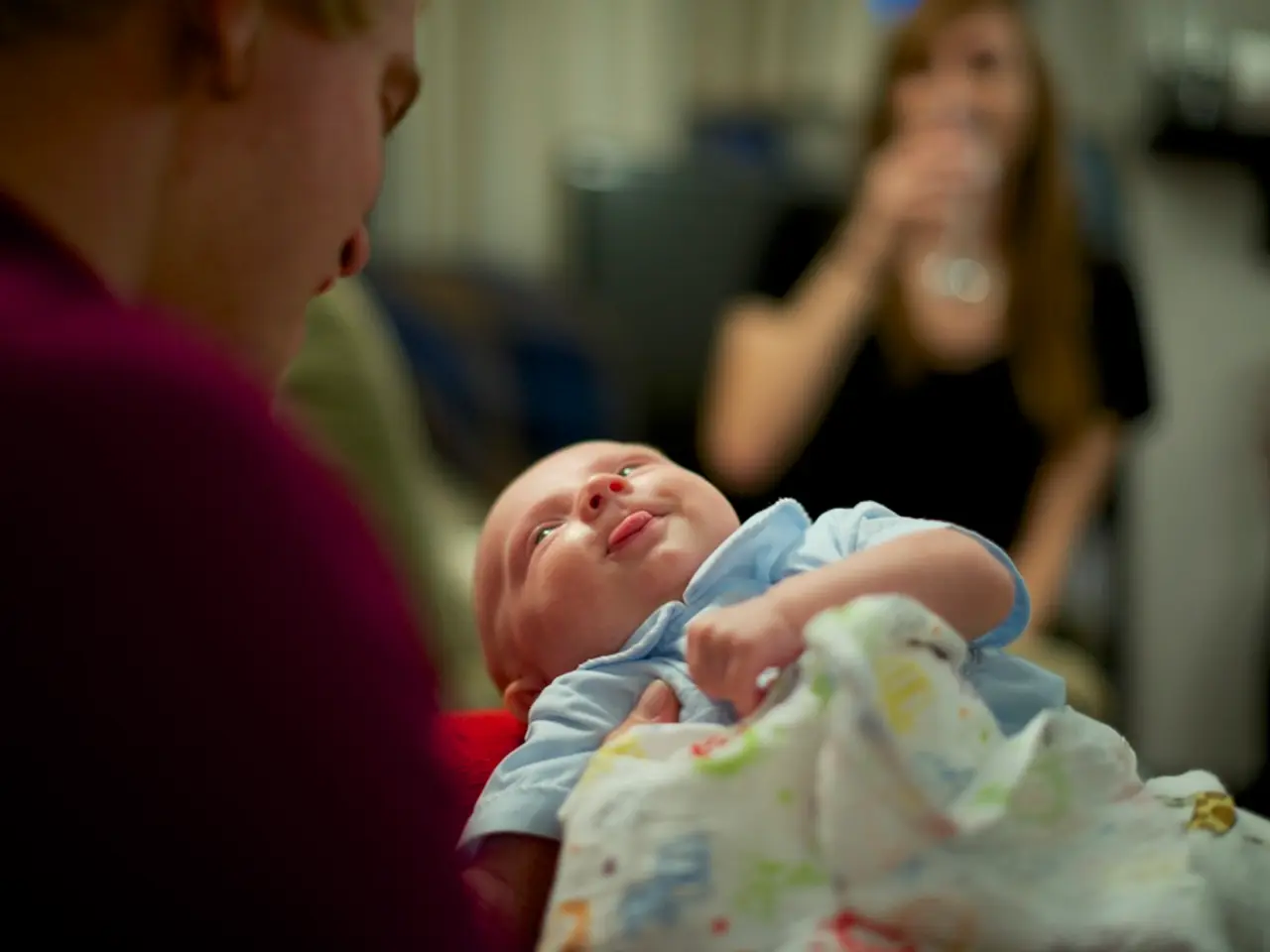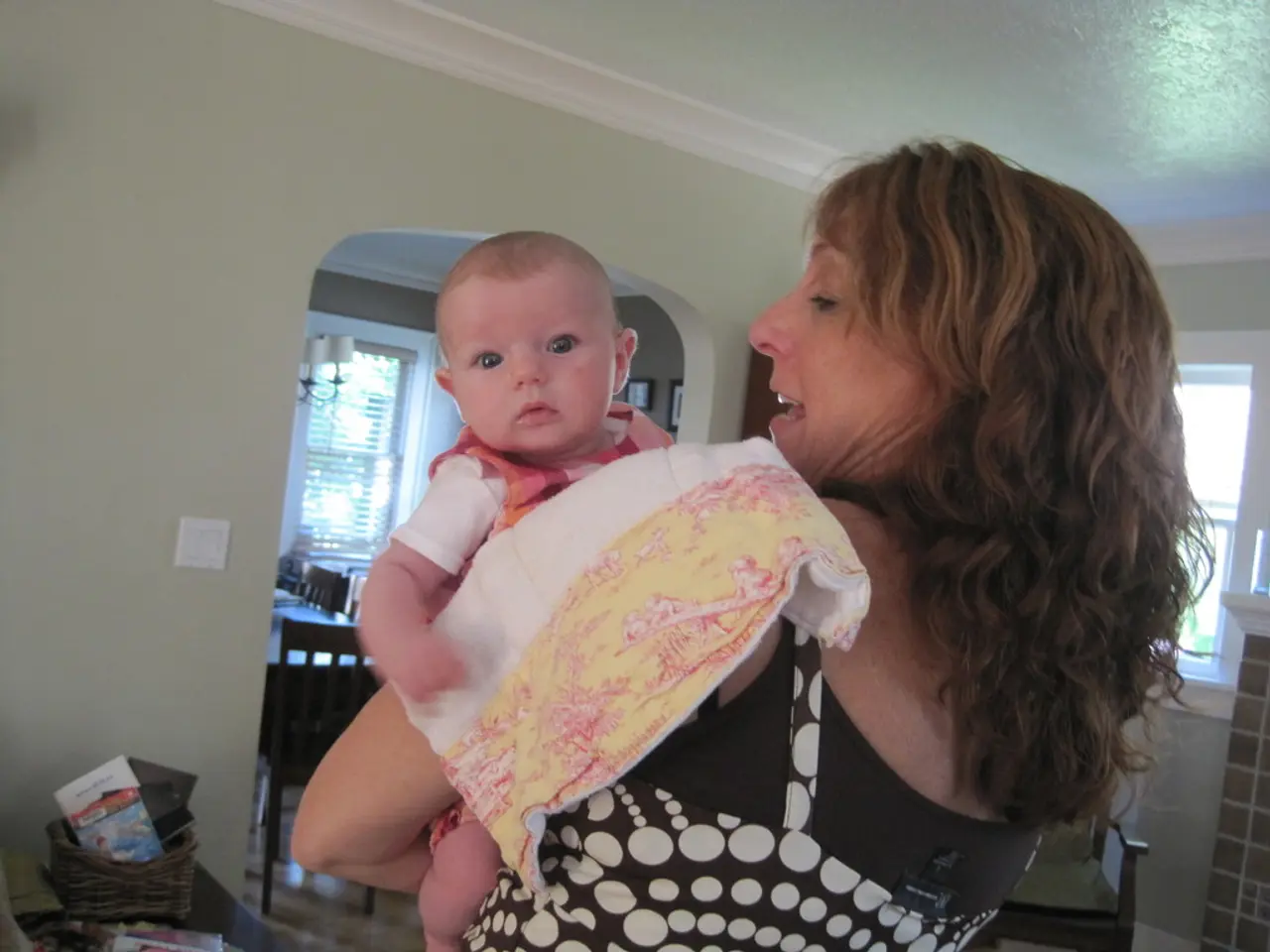Persistent Donors, Vulnerable Regulations: Europe Pursues the 'High-performing Sperm Donor'
The practice of international sperm donation has become a significant issue in Europe, with concerns raised over the potential health risks and ethical dilemmas associated with the phenomenon of "super sperm donors" – individuals who father an exceptionally large number of children through sperm donation.
Health Risks and Ethical Concerns
Cases in Europe have revealed donors fathering hundreds of children, which can cause serious genetic overexposure risks such as increased chances of consanguinity (accidental inbreeding) and propagation of hereditary diseases. For instance, a reported donor fathered over 550 children, and another over 100[2].
One alarming case highlighted a donor passing on a cancer-causing gene to 67 children, with at least 10 developing cancer, underscoring severe medical risks and the need for better genetic screening and tracking systems[3].
Ethical concerns include the psychological impact on donor-conceived children discovering they have dozens or even hundreds of half-siblings, the rights of donors and offspring, and the potential for commercial exploitation despite international treaties like the Oviedo Convention that prohibit financial gain from human body parts[1][3].
Fragmented Regulation and the Need for Change
Regulation of sperm donation is currently fragmented, with each European country setting its own limits – for example, the UK allows a maximum of 10 families per donor, Denmark 12 families, and some sperm banks set voluntary upper limits as high as 75 families[2][4].
There is no comprehensive international framework or registry to track and limit the total number of offspring per donor across countries, allowing donors to exceed safe or ethical limits by donating in multiple jurisdictions[2][3][4].
This regulatory patchwork causes patients and donors to cross borders to countries with more lenient rules, such as Spain, which conducts around 50% of egg donation treatments in Europe and attracts patients from outside the EU as well[1].
Proposed Solutions and Developments
Several EU countries – Belgium, Finland, France, Hungary, Netherlands, Romania, Spain, Sweden, and Cyprus – are promoting the establishment of a common European donor registry and regulatory limits on sperm and egg donations to prevent excessive genetic exposure and limit cross-border inconsistencies[1][2][3].
Proposals include setting an internationally binding maximum number of families or children a single donor can produce, taking into account medical, psychosocial, and ethical factors, with donors and recipients being fully informed of these regulations before donation[3].
Such regulation aims to protect donor-conceived children, reduce health risks, uphold ethical standards, and ensure traceability of donations to prevent unknowingly high numbers of genetically related individuals in different locations[1][2][3].
Impact on Healthcare Systems
Enhanced regulation and registries could help healthcare providers better manage genetic risks by enabling more detailed family and donor histories. It could reduce the burden of genetic diseases linked to donor overuse and improve counseling and support services for donor-conceived individuals.
Cross-border cooperation and data sharing would optimize healthcare resources and ethical oversight but require harmonization of national laws and respect for privacy and consent principles.
In Italy, the maximum number of children conceived by the same sperm donor is set at 10. However, there is no national registry tracking births from sperm donations, and Italy imports most of its sperm from foreign banks, particularly Danish and Spanish ones. The Italian law does not allow for cross-referencing of sperm donors across different countries.
The demand for male gametes (sperm) is increasing in Europe, with the proliferation of "super sperm donors" raising ethical questions. The lack of a national registry and cross-border controls in Italy strains healthcare systems in various countries.
In conclusion, international regulation and donor cross-referencing are critical to addressing the healthcare risks and ethical dilemmas caused by super sperm donors in Europe. The current lack of an overarching framework leads to medical dangers and ethical issues that several EU countries are actively trying to resolve by proposing a unified EU donor registry and clear cross-border donation limits[1][2][3][4].
- The risks associated with genetic overexposure can be severe, such as the increase in chances of consanguinity and propagation of hereditary diseases, as shown by donors who have fathered over 550 and 100 children respectively.
- One case revealed a donor passing on a cancer-causing gene to 67 children, with at least 10 developing cancer.
- Ethical concerns include the psychological impact on donor-conceived children who discover they have dozens or even hundreds of half-siblings.
- Another concern is the potential for commercial exploitation, despite international treaties prohibiting financial gain from human body parts.
- Regulation of sperm donation is currently fragmented, with each European country setting its own limits.
- The lack of a comprehensive international framework or registry to track total offspring per donor across countries allows donors to exceed safe or ethical limits.
- Countries with more lenient rules, such as Spain, attract patients from outside the EU, causing a regulatory patchwork.
- Proposals include setting an internationally binding maximum number of families or children, taking into account medical, psychosocial, and ethical factors.
- Enhanced regulation and registries could help healthcare providers better manage genetic risks and improve counseling and support services for donor-conceived individuals.
- The demand for male gametes is increasing in Europe, and the lack of a national registry and cross-border controls in some countries strains healthcare systems in various countries.




